A Royal Air Force surveillance flight over the Eastern Mediterranean on 7 June has been misrepresented by The National and others as somehow aligned with Israeli threats toward the UK-flagged aid ship Madleen.
The claim implicitly suggests that the UK was assisting or enabling Israeli military actions by flying a “spy plane” over Gaza while the vessel was off its coast. That framing collapses entirely when the mission’s timing, flight path, and actual purpose are examined.
The aircraft in question, flying under the callsign RFR7144, was a Shadow R1, one of the RAF’s high-end surveillance platforms, routinely deployed from RAF Akrotiri in Cyprus. The aircraft’s course—visible via public tracking data—did not approach the ship or linger in its vicinity. Instead, it flew a wide orbit over international waters, consistent with long-range ISR coverage of northern Gaza, southern Lebanon, and central Israel. The idea that it was launched to monitor or deter action against a vessel near the Gaza coast doesn’t align with its trajectory or timing.
@ScotNational Read here: https://t.co/1qn85RBpaQ
— The National (@ScotNational) June 8, 2025
Crucially, this flight was not unusual. The UK has been flying ISR missions over the region every 48 to 72 hours since the recent conflict started. These flights are conducted to serve British national intelligence objectives, particularly the identification and tracking of hostage locations, militant communications, and threat movements across Gaza, Lebanon, and Syria. While data from these flights can support humanitarian assessments and policy responses, they are not conducted to support Israeli military targeting, and certainly not to influence the status of a civilian aid ship.
The aircraft’s sensor suite is geared for signals intelligence (SIGINT) and ground movement surveillance. These sensors are designed to intercept radio communications, mobile phone metadata, and encrypted transmissions, and to create radar images of ground positions in cluttered or smoke-obscured environments. That capability is entirely unrelated to maritime monitoring or close-proximity ship protection. No sensor on board would have been tasked with observing the Madleen, and the aircraft’s altitude and distance make the suggestion implausible on technical grounds alone.
Furthermore, it’s important to highlight that the Madleen’s situation was well known for days in advance. If the UK Government had intended to use ISR assets to oversee the ship, it could have positioned far more capable platforms in a maritime role—including P-8 Poseidon aircraft or even tasked satellite or drone surveillance. It did none of those things, for the simple reason that RAF ISR flights in the region are not maritime patrol missions. They are strategic intelligence-gathering operations for UK use.
The notion that the UK is “flying over Gaza to help Israel threaten an aid ship” misunderstands how surveillance operations are planned and executed. It also projects intent where there is none. RAF Akrotiri is a hub for UK and allied operations in the region, including ISR coverage of both Gaza and the Red Sea. The UK uses this intelligence to support its own diplomatic, legal, and humanitarian decisions—particularly concerning hostage diplomacy, arms export licensing, and foreign policy formulation.
To put it plainly: the flight was a routine intelligence mission—consistent in timing, altitude, platform, and coverage area with dozens of others flown over the past eight months. It was unrelated to the Madleen and not coordinated with Israeli military activity. Attempting to construct a causal or moral linkage based on coincidental timing and shared geography is, at best, careless. At worst, it risks spreading misinformation about the role and autonomy of British military operations.
If there are serious questions to be asked about the UK’s role in the Gaza conflict—about arms transfers, diplomatic restraint, or humanitarian facilitation—they should be asked directly. But mischaracterising an intelligence flight as evidence of complicity does nothing to advance that debate. It only obscures it.
What the Shadow R1 actually does
The RAF Shadow R1 is based on the Beechcraft King Air 350CER airframe, heavily modified to carry a suite of intelligence-gathering equipment. It is operated by 14 Squadron and has been a core asset for the UK’s strategic surveillance efforts in Afghanistan, Iraq, Syria, and now over the Eastern Mediterranean. Its primary role is to collect real-time data on ground activity, using both synthetic aperture radar (SAR) to map terrain and track moving targets, and SIGINT systems to monitor communications and electronic emissions.
What distinguishes the Shadow R1 from more general reconnaissance aircraft is its integration of tactical and strategic intelligence capabilities. It can detect, geolocate, and characterise emitters such as radios, mobile phones, and command networks—allowing the UK to track militant group structures, target safe houses, and assess the ground picture independently of partner nation sources. This independence is crucial: the UK flies Shadow R1 missions precisely so that it is not reliant on Israeli or US-provided intelligence in politically sensitive environments.


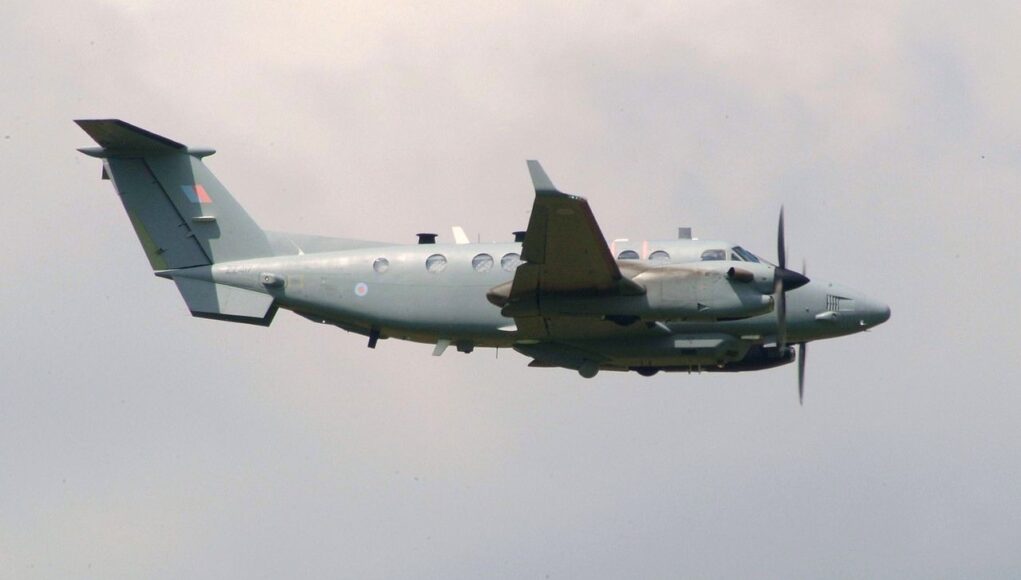
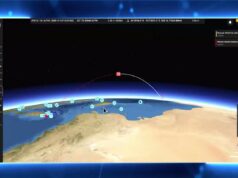
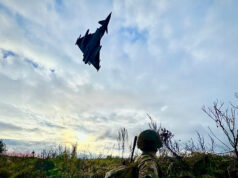
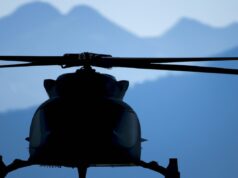
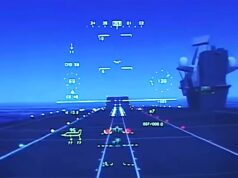
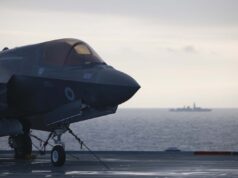
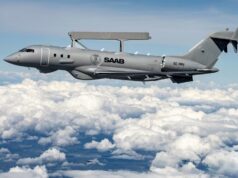
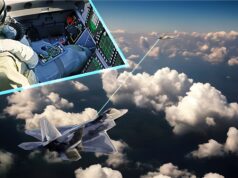
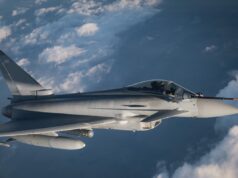
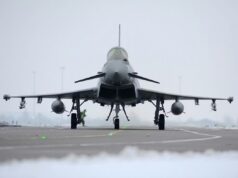
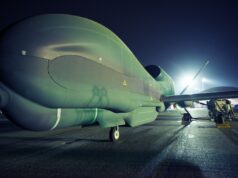

Are British warships complicit in American alien abductions? My friend Cletus, the moonshiner, was abducted from somewhere in the Ozarks yesterday. I know because he left a message saying that if I was reading it he’ll have been abducted by aliens, and I read it. Well I want to know if the HMS Medway was involved. I saw on the Internet that it has passed through the Bermuda triangle more than once so it’s clearly involved, and I demand to know if the British are helping aliens to probe poor Cletus.
This is why I always make sure I need a poo when going anywhere. I’ve watched the first 7 series of the X-Files, those aliens are gonna get more than they bargained for if they mess with me. Interestingly since I started doing this I haven’t been addicted but I have soiled my trousers several times.
Been a right blitz on Britain lately by the propaganda trolls, apparently we are now actively at war with OURSELVES. *Russia innocent whistling*